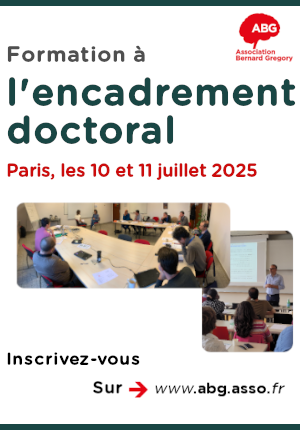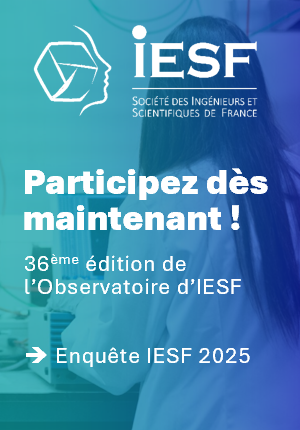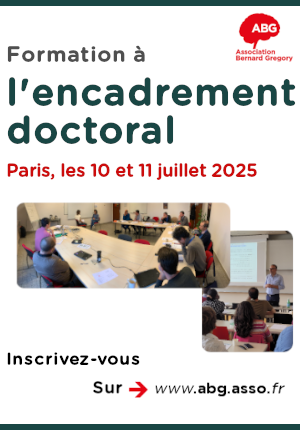Membranes ioniques en nanocellulose pour l'énergie bleue // Nanocellulose ionic membranes for blue energy
| ABG-131371 | Thesis topic | |
| 2025-04-23 | Other public funding |
- Materials science
- Chemistry
Topic description
Contexte. L'énergie bleue est une source d'énergie renouvelable et non intermittente provenant des gradients de salinité entre l'eau douce (rivière) et l'eau salée (mer, saumure), dont le potentiel (1 TW) dépasse largement celui de l'hydroélectricité, par exemple. Elle peut être convertie en électricité par électrodialyse inverse, une technologie reposant sur l'utilisation de membranes anioniques et cationiques. Les membranes actuellement disponibles ne sont pas renouvelables et présentent de faibles performances pour récolter l'énergie bleue en raison de leur absence nanostructure et de l'impossibilité d'ajuster les paramètres critiques de la membrane (contenu ionique et distribution spatiale, taille des pores). Afin de surmonter ces problèmes, nous proposons de concevoir de nouvelles membranes basées sur l'utilisation de la nanocellulose, qui fournira un échafaudage nanostructuré biosourcé une fois hydraté, associée à des polyélectrolytes greffés, qui apporterons les propriétés de transport ionique. L'objectif de la thèse est de démontrer tout le potentiel d'une telle approche.
Objectifs. (i) Étudier la chimie et les procédés permettant de greffer des polyélectrolytes réactifs sur la surface de la nanocellulose afin d'obtenir des membranes ioniques. (ii) Établir la relation entre la composition et la nanostructure de la membrane ionique en nanocellulose et sa capacité à capter l'énergie bleue.
Méthodologie. Chimie du greffage de la membrane (titration, FTIR, RMN à l'état solide), caractérisation de la nanostructure de la membrane (coefficient de gonflement, microscopie électronique, diffusion aux petits angles sur les grands instruments), performances de la membrane pour récolter l'énergie bleue (en collaboration avec Sweetch Energy, une start-up pionnière dans le domaine de l'énergie bleue). Les polyélectrolytes seront fournis par le laboratoire IMP à Lyon.
--------------------------------------------------------------------------------------------------------------------------------------------------------------------------------------------------------------------------------------------------------------------------------------------------------------------------
Context. Blue energy is a renewable and nonintermittent energy source originating from salinity gradients between fresh (river) and salty water (sea, brine), whose potential (1 TW) largely exceeds hydroelectricity, for instance. It can be converted to electricity by reverse electrodialysis, a technology relying on the employment of anionic and cationic membranes. Membranes currently available are nonrenewable and exhibit low performances to harvest blue energy due to their poor nanostructure and the impossibility of tuning the membrane critical parameters (ionic content and spatial distribution, pore size). In order to overcome those issues, we propose a new membrane design based on the use of nanocellulose, which will provide a biosourced nanostructured scaffold once hydrated, further associated with grafted polyelectrolytes, which can bring the ionic transport properties. The purpose of the thesis is to establish the full potential of such an approach.
Objectives. (i) to investigate the chemistry and processing to graft reactive polyelectrolytes onto the nanocellulose surface and subsequently obtain ionic membranes. (ii) to establish the relationship between the nanocellulose ionic membrane composition and nanostructure and its ability to harvest blue energy.
Methodology. Membrane grafting chemistry (titration, FTIR, solid-state NMR), membrane nanostructure characterization (swelling coefficient, electron microscopy, small angle scattering on large-scale instruments), membrane performance to harvest blue energy (in collaboration with Sweetch Energy a start-up pioneer in the field of blue energy). Polyelectrolytes will be provided by the IMP lab in Lyon.
Starting date
Funding category
Funding further details
Presentation of host institution and host laboratory
La thèse se déroulera au Centre de Recherches sur les Macromolécules Végétales (UPR 5301 CNRS) dans l'équipe Structure et Propriétés des Glycomatériaux
Website :
Institution awarding doctoral degree
Graduate school
Candidate's profile
Nous recherchons un physico-chimiste très motivé, titulaire d'un diplôme en chimie ou en science des matériaux. Une expérience en matériaux biosourcés et en chimie des polymères sera appréciée. Le candidat doit avoir une bonne maîtrise de l'anglais et être prêt à s'engager dans un projet interdisciplinaire.
We are looking for a highly motivated physical chemist with a degree in chemistry or in material science. A background in biosourced materials and polymer chemistry will be appreciated. The candidate should have a good command of English and be willing to engage in an interdisciplinary project.
Vous avez déjà un compte ?
Nouvel utilisateur ?
Get ABG’s monthly newsletters including news, job offers, grants & fellowships and a selection of relevant events…
Discover our members
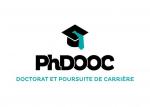 PhDOOC
PhDOOC  MabDesign
MabDesign 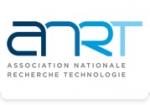 ANRT
ANRT  Laboratoire National de Métrologie et d'Essais - LNE
Laboratoire National de Métrologie et d'Essais - LNE  ASNR - Autorité de sûreté nucléaire et de radioprotection - Siège
ASNR - Autorité de sûreté nucléaire et de radioprotection - Siège  ONERA - The French Aerospace Lab
ONERA - The French Aerospace Lab  Groupe AFNOR - Association française de normalisation
Groupe AFNOR - Association française de normalisation  Institut Sup'biotech de Paris
Institut Sup'biotech de Paris  CESI
CESI  Aérocentre, Pôle d'excellence régional
Aérocentre, Pôle d'excellence régional 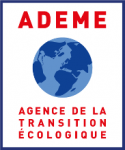 ADEME
ADEME  Ifremer
Ifremer  CASDEN
CASDEN  MabDesign
MabDesign  SUEZ
SUEZ 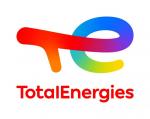 TotalEnergies
TotalEnergies  Nokia Bell Labs France
Nokia Bell Labs France  Tecknowmetrix
Tecknowmetrix  Généthon
Généthon

